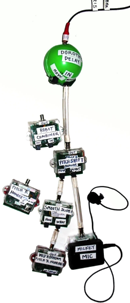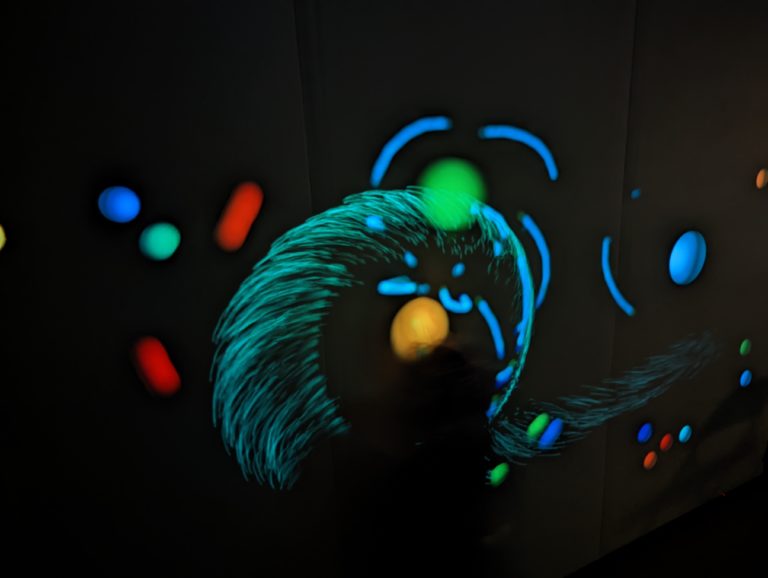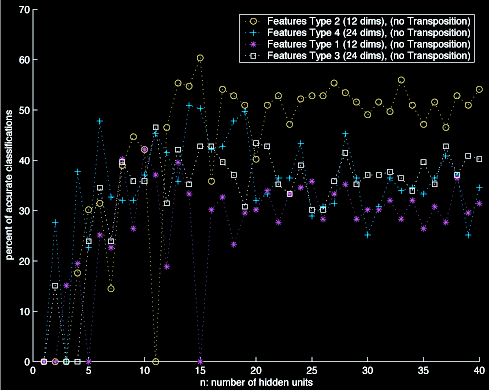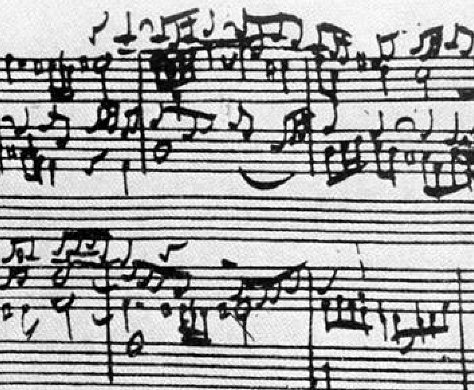Be The Shortstop! is a permanent public indoor installation at The Baseball Museum in Riverfront Stadium, Wichita KS.
Players hit a large button on a kiosk to start the game. After a few seconds the game starts as they race to hit the correct button on a large wall. A crowd cheers on speakers as the timer counts up on a display.

Be The Shortstop! was a commission subcontracted to Together Technologies LLC from The Image Resources Group. The work was completed as a collaboration with Tom McGuire. Tom focused on the hardware and low-level programming while I wrote the software and logic for the Kiosk.





